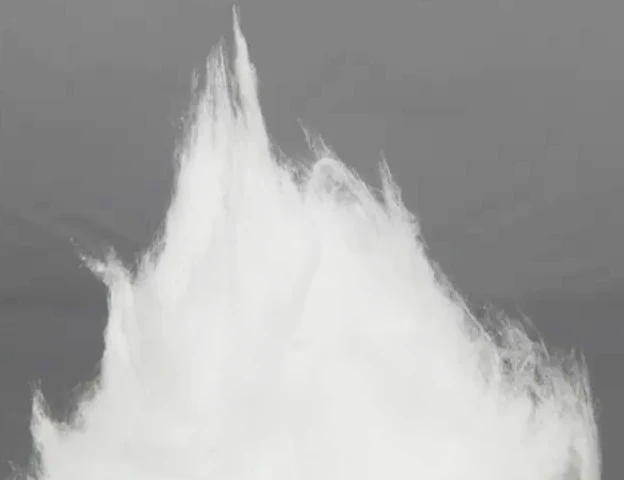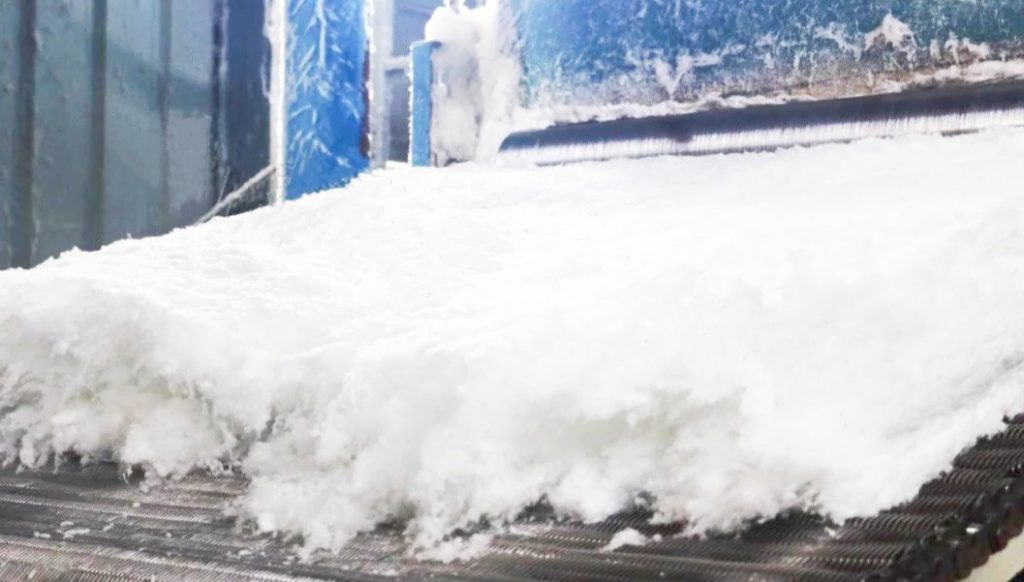The Impact of Shots on Ceramic Fiber Modules
Table of Contents
In the process of spinning raw materials into ceramic fibers, industry professionals refer to the unconverted particles as “shots”. Generally, those with a particle diameter larger than 0.212mm and a bulk density ranging from 2800 to 3200 Kg/m³ are categorized as shots.

1. Generation of Shots
Shots are an inevitable byproduct in the production process of high-temperature melting and fiberization. Even in the manufacturing process of polycrystalline refractory fibers using the Sol-Gel Method, a certain number of shots is present.
2. The Separation and Removal of Shots
Shots generated after fiberization are typically removed through dry or wet separation methods. However, smaller shots with a relatively small diameter do not have effective separation methods.
3. Regulations on Shots Content
National standards for ceramic fibers have specific regulations regarding shot content. For ceramic fiber blankets with temperature resistance grades below 1000°C, the shot content should be ≤25%. For those with temperature resistance grades below 1450°C, the shot content should be ≤20%. For ceramic fiber products with temperature resistance grades below 1700°C, the shot content should be ≤5%. Therefore, when determining the bulk density of ceramic fiber products, it is essential to consider the content of shots.
Anchor Company’s ceramic fiber products utilize advanced processes to control the shot content for products with a temperature resistance grade of 1450°C to below 7%.

4. Impact of Shots on Ceramic Fiber Modules

a. They affect the overall strength of ceramic fiber modules, with higher shot content leading to lower fiber strength.
b. The shot content is directly proportional to the density of ceramic fiber modules.
c. While shots neither hinder nor enhance heat transfer, an increase in shot content results in higher density of ceramic fiber products. Consequently, this indirectly leads to an increase in thermal conductivity. In this regard, higher shot content leads to a corresponding reduction in the insulation performance of ceramic fibers.

